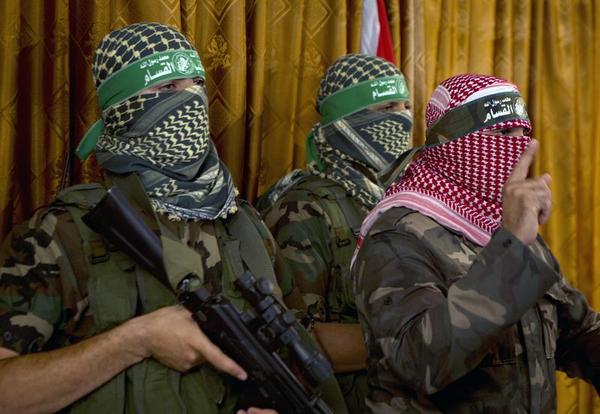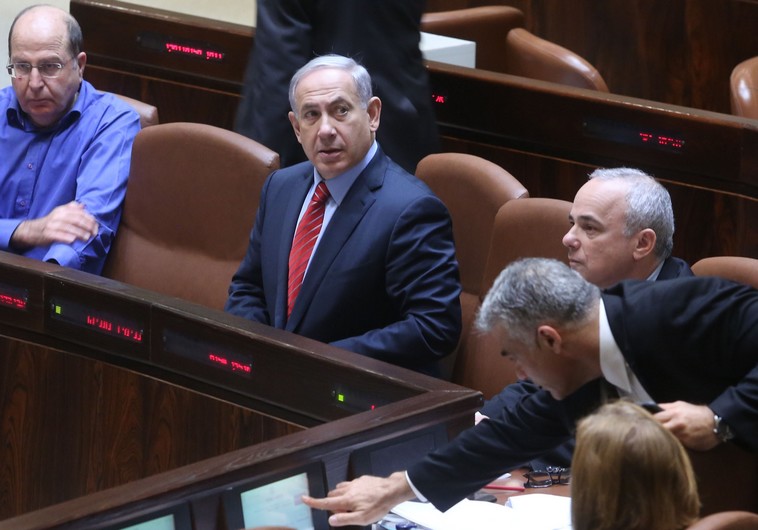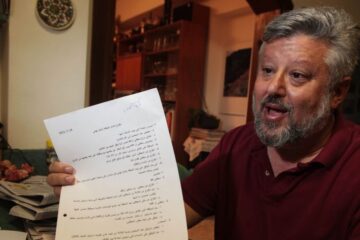There are people who by taking a bold step change the course of the lives of millions of people. Events sometimes happen that are totally unexpected and surprise even the most astute experts. No one predicted the collapse of the Soviet Union and the falling of the Berlin Wall. No one predicted that Nelson Mandela would be released from prison and two years later be elected President of a democratic South Africa. No one predicted the visit to Jerusalem by then-Egyptian President Anwar Sadat. The analysts and intelligence officers are always best at predicting what happened yesterday.
In these days all of the analysts agree that there is a next to zero chance of renewal of the Israeli-Palestinian peace process. The current Israeli government was formed on the basis of not doing anything real regarding Palestine. Palestinian politics are fractured and largely dysfunctional. Logic allows us to believe that there is no one in leadership positions in Israel and Palestine who is willing and capable of being the catalyst to renew Israeli-Palestinian negotiations.
One person who was a catalyst in the past was Bassam Abu Sharif, formerly a senior member of the Popular Front for the Liberation of Palestine and later senior adviser to Yasser Arafat. In June 1988 Abu Sharif penned an article in The Washington Post aimed at the Israeli public advocating negotiations between the Israelis and the Palestinians. This was in the sixth month of the first Intifada when almost no one thought that a peace process would be born from the Palestinian uprising. In that article Abu Sharif wrote:
“Understanding the Jewish people’s centuries of suffering, the Palestinians want lasting peace and security for themselves and the Israelis because no one can build his future on the ruins of another’s… The PLO’s raison d’etre is not the undoing of Israel, but the salvation of the Palestinian people and their rights, including their right to democratic self-expression and national self-determination… The PLO, backed by the Arab world, wants an independent homeland in the Israeli-occupied West Bank and Gaza Strip, where the Israelis have been fighting to quell a six-month-old Palestinian uprising.” Abu Sharif added that “as for the fear that a Palestinian state would threaten its neighbor, the Palestinians would be open to the idea of a brief, mutually acceptable transitional period during which an international mandate would guide the occupied territories to democratic Palestinian statehood.”
He said that
“the means by which the Israelis want to achieve a lasting peace and security is through direct talks, with no attempts by any outside party to impose or veto a settlement. The Palestinians agree.”
Abu Sharif’s article sparked deep debate and led directly to Israeli-Palestinian negotiations.
On November 13, 2001, a year into the second intifada, Abu Sharif and I wrote an article together that is equally relevant today as it was then, particularly for anyone who still believes that a two state solution is viable (I am not so sure):
The translation of the Oslo Peace Process into reality should have concluded with the establishment of a Palestinian state in the territories of the West Bank, Gaza and east Jerusalem. The two sides should have entered into many cooperation agreements concerning water, environment, economics, security, and so on. Jerusalem would have become a shared capital for two states, with open borders and a means for joint management of the city.
The refugee issue should have been resolved within the framework of the agreement, providing for new opportunities for Palestinian refugees to put their pasts behind them and begin to build a new future – with most of the refugees finding that new beginning in the State of Palestine. In this way, the State of Israel and the State of Palestine would have become the political manifestation of the principles of the right of self-determination for the Jewish people and for the Palestinian people.
The failure of the Oslo Peace Process thus far to produce an end-of-conflict agreement of the nature outlined above has led to the violence of the past 14 months. Now, in the aftermath of all of the actions and reactions of both sides, the possibility of simply returning to the negotiating table from the point where the negotiations ended in Taba seem almost impossible. To overcome this problem, we suggest that we draw up a vision of the solution from the end game and to then work out the means and mechanism to translate that vision into reality.
The joint Israeli-Palestinian vision must provide real answers to real Israeli and Palestinian security fears and needs. The vision must provide for each side to fulfill its national aspirations and to achieve dignity for its people. The vision must provide for assuring that violence will never erupt again between the sides. There must be provisions for guaranteeing the full implementation of the agreements reached through direct international involvement on the ground.
The vision must be one of cooperation and the development of interlocking elements for mutual benefits in order to assure that this cooperation produces substantial interests by both sides to never return to violence and war. The vision must create confidence and trust between the peoples of Israel and Palestine.
This process can begin as a public peace process initiated by Israeli and Palestinian public figures. These public figures should sign a document titled “A Vision for Israeli-Palestinian Peace.” The document would contain the vision for peace outlined above. Israeli and Palestinian public figures would appear together in public and in the media explaining this vision to the Israeli and Palestinian publics. Furthermore, the public figures will also stress the following:
- We all condemn terrorism and violence and reject these methods.
- We all do not want, seek or plan to destroy Israel or to prevent the Palestinian people from achieving statehood and international legitimacy. We all recognize Israel and Palestine, and are committed to the right of both states to live in safe and recognized borders.
- We are all committed to the establishment of the State of Palestine in the territories of the West Bank, Gaza and east Jerusalem.
- Jerusalem must become a shared capital with open borders and free access to all Holy Places by people of all faiths.
- Both states will enjoy independence and sovereignty and will enter into agreements for real and mutually beneficial economic cooperation, the means and mechanisms for security and defense provisions, and guarantees and many other cooperative endeavors in environment, water management and sharing, and so on.
- The right of return will be resolved through agreement incorporating an international effort with the involvement of other regional states. The agreement will preserve the demographic integrity of both states.
In recognition that it may take quite some time before the official peace process catches up to the public peace process, the Israeli and Palestinian public figures will also call for ongoing Track II initiatives of non-officials from both sides will increase the depths of understandings between the sides. The participants in these efforts will accept the principle of transparency and will make efforts to create a public movement for peace on both sides from the ground up. We will all work together to being the people of Israel and the people of Palestine to demand from their governments to join the process and sign onto to the vision in the form of a final, lasting and comprehensive Israeli-Palestinian peace for this generation and for the generations of the future.


